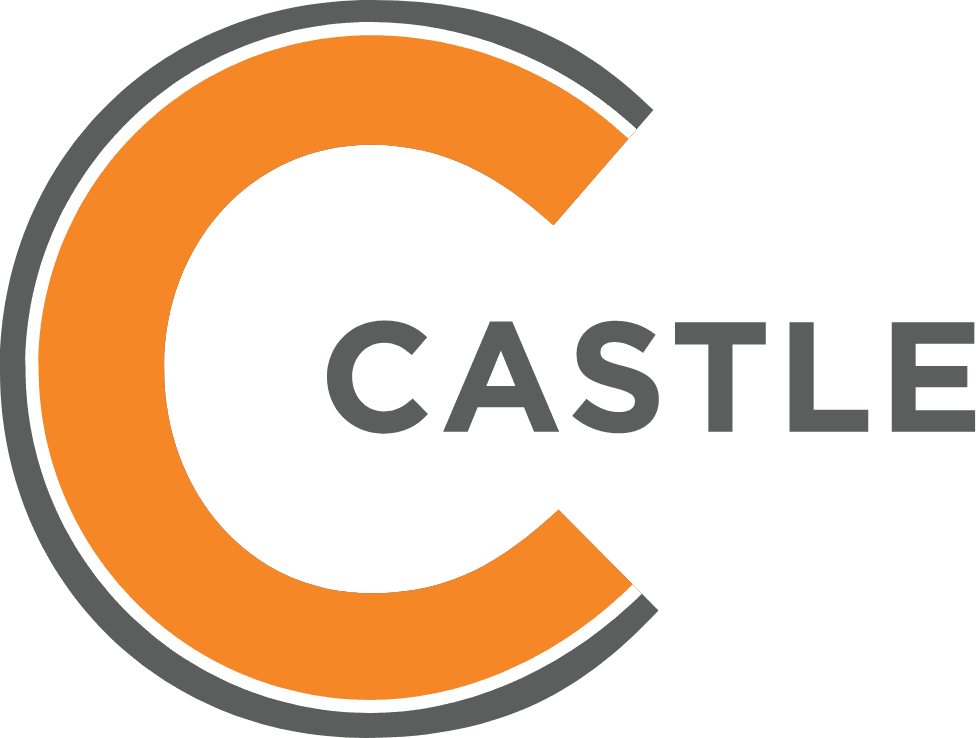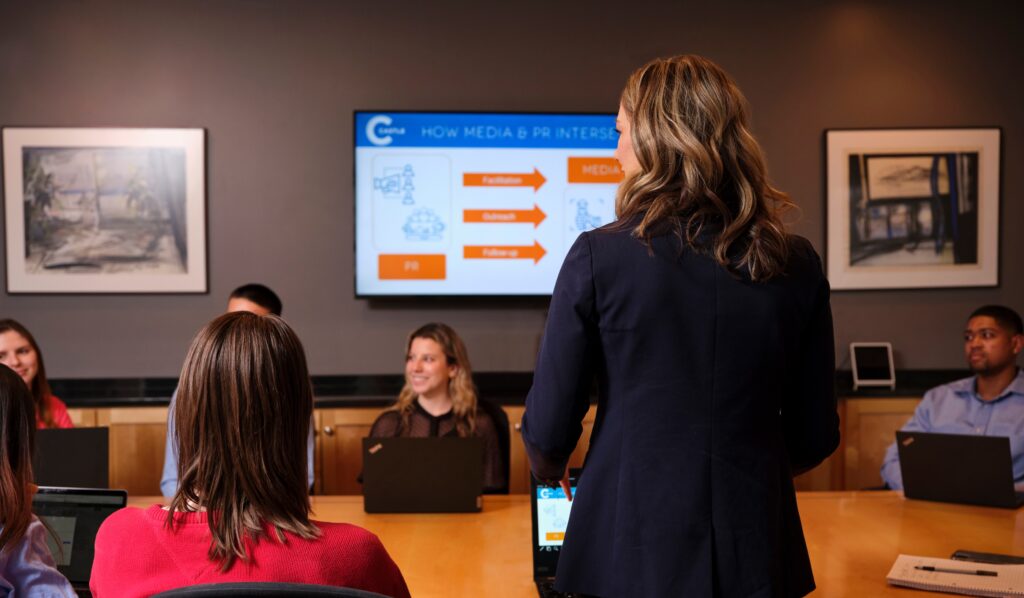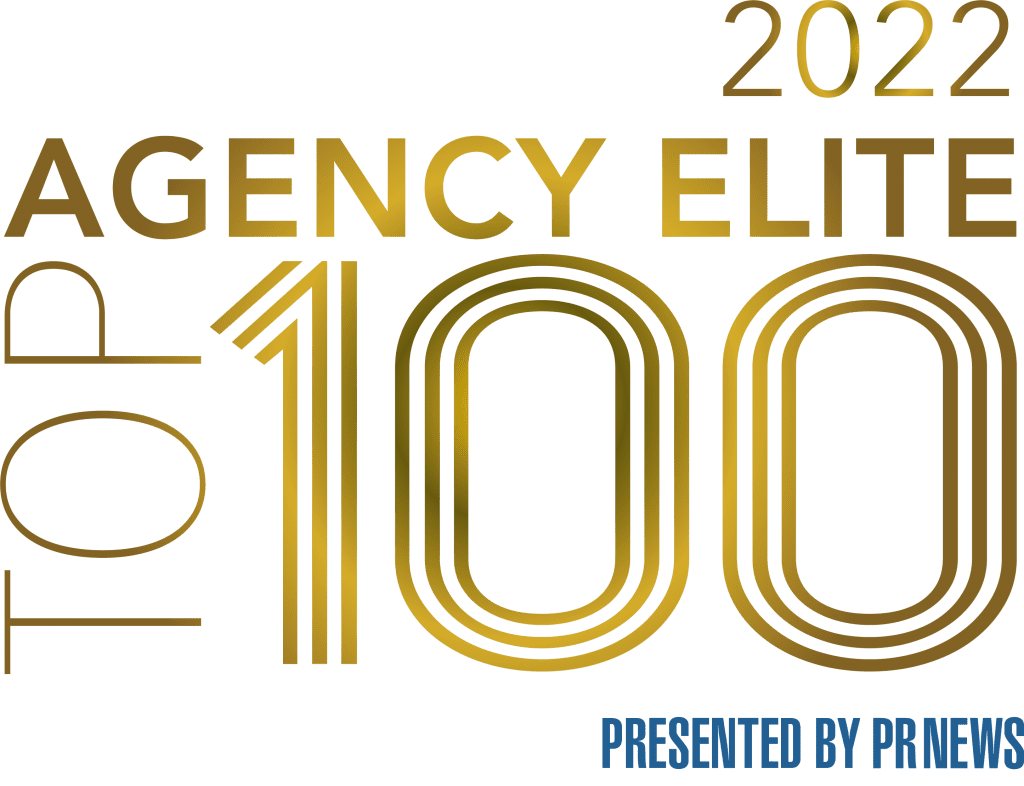We live in a time too often plagued by headlines and news curated to maximize viewership. We have seen the detrimental impact this has had on society. For our brains to begin to grapple with the excess of media and content consuming our lives, we develop subconscious processing strategies known as “heuristics” to select what does and does not deserve our attention.
Thankfully, not all news is fake or misleading and there are ways to sort through the clutter and decipher fact from fiction. Here are three tips for becoming more media literate.

1. Know the difference between misinformation and disinformation
While misinformation and disinformation are both misleading and inaccurate accounts of the truth, disinformation is the deliberate manipulation, rather than the ignorant or ill-informed spreading of misrepresented news.
Ask yourself whether there may be a financial or political motive behind the content you are receiving. Think about what the message is that you are reading. Who would want you to see it and why? It is easier to identify a paid partnership or advertisement because that information is often disclosed (even if it’s hidden in the fine print) with a disclaimer. However, there are times when it is not so apparent.
2. SIFT- Stop, Investigate, Find, Trace
The media can turn news into a destructive game of content telephone, where messages are taken out of context and twisted for entertainment purposes or simply out of human error. SIFT is a quick and easy method for managing media overload, which can lead to unintentionally falling for fake news.
Stop seems like a simple first step but it is the most important. It’s the act of acknowledging that there may be a need for a bit of investigation into the content you are consuming.
To investigate sounds exhaustive, but in a matter of seconds you can use any search engine to seek out some background information about the author or publisher’s credibility.
The third step is to find other mentions or better coverage of the same story or information—reading “laterally.” Instead of looking at other content from the same source or others like it, look for the story or information from other credible sources.
And lastly, if you really want to put your detective skills to work to confirm or debunk media messaging, your best bet is to trace the information all the way back to its source—whether it is a press release, official document or a quote itself.
3. Understand Your Locus of Control – Internal vs. External
Understanding the concept of a locus of control is key to media literacy. Once you’re conscious of your own personal locus, while also understanding other’s, you can identify the root of beliefs and how that shapes the media we consume and share.
This classic psychological concept explains how information, situations, and experiences shape individuals into the thinkers that they are. Split into external and internal locus, these ideas apply to everything you do and are exposed to in your life. Locus of control is the driving force behind cultural conformity and mob mentality.
Someone with internal locus of control believes they have the power over what affects their life, consciously choosing the information, people and experiences that shape them. This tends to build strong self-serving mentalities which can be beneficial, yet harmful when it comes to interacting with the media. People with an internal locus of control are much more likely to spread fake news if it validates their beliefs or pre-existing ideas of what makes up the truth. This also means they are less likely to believe what is genuine fact if it negates their ideas.
On the other side of the spectrum are people with an external locus of control. They are more permeable and easily influenced by the world around them. They believe that they have no control over what will happen to them, are less self-determined and believe that there are only few things they can do to control their own future.
Public relations professionals have a unique relationship with media. We have dedicated hours to researching reporters, outlets, and messages to ensure that we work with reputable sources to represent our clients in the most effective and honest way. This level of media literacy comes with experience, dedication and time. Even if you’re not a media or communications professional, some conquest for the truth drove you to read this blog post. And because of that, you are already a step ahead in developing a more diverse and beneficial media understanding.
At Castle we monitor, craft and devise the most successful messages, stories and relationships so you can focus on your business while we focus on what the world is saying about it.















